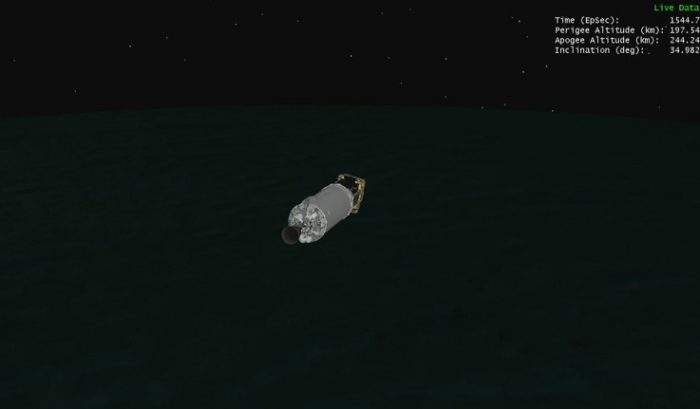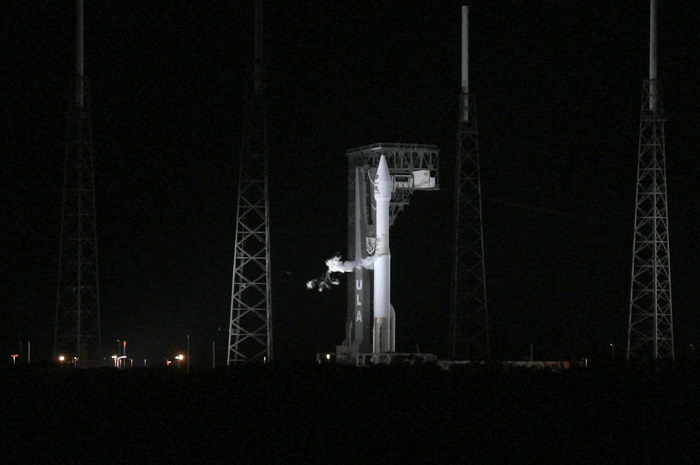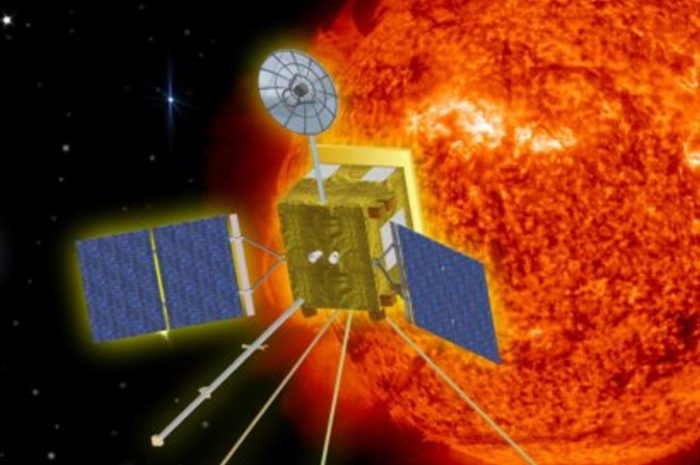Paris: The European Space Agency’s (ESA) first Sun mission Solar Orbiter reached 77 million kilometers near the Sun. This is one of the closest approaches by any man-made conduit ever to the Sun. The Solar Orbiter also called SolO probe was launched on 10th February this year. Its mission is to observe closely, the dynamic behavior of the sun. Solo was launched by ESA with the collaboration of NASA.
The SolO’s closest approach to the sun, called perihelion, is between the orbits of Mercury and Venus. ESA says that Solo will approach further closer to the sun upto around 43 million kilometers. It has spent the four months since launch undergoing a checkout phase. Engineers have been running the rule over all the probe’s systems and commissioning its 10 scientific instruments. Routine operations for the full suite of onboard experiments are still a year away, but Solo’s magnetometer is up and running and will remain so.

A magnetometer is installed at the back of the probe. It senses the magnetic field embedded in the solar wind, which are the stream of charged particles blowing away from the sun. In addition to the everyday waves and turbulence that trace the wind’s structure, the probe is catching the disturbances that result from big explosions on the star called coronal mass ejections. “We switched on February – we’ve already got over 2 billion magnetic field vectors on the ground. We’ve got a happy, busy science team working away at the data,” said Prof Tim Horbury, the MAG principal investigator at Imperial College London.
The main reason the instrument started its mission is to study the magnetic fields and characterize them. These magnetic fields are generated by the electronic equipment in the probe. Eventhough the signal will be very weak, it can be enhanced by subtracting the sun measurement. The early start also gave the London team the chance to do some tandem study with the magnetometer instrument on Esa’s BepiColombo mission. As chance would have it, this probe was making a return visit to Earth in April on its way to Mercury. The two missions were therefore able to do some multi-point sensing of the solar wind in relatively close proximity to each other.

Solo can also pair with America’s Parker Solar probe too. But Parker is much closer to the sun at about 19 million kilometers. “We’re now just one out of a constellation of spacecraft flying around the Sun,” Prof Horbury said. The next major event for SolO is a flyby of Venus. This occurs at the end of December and will see the probe track about 500,000 km above the planet’s surface. The full science phase of the mission is due to start in 2021 when all 10 of SolO’s instruments, including its imagers, will begin regular observations. “I was so nervous when we launched,” said Prof Horbury. “I guess the more you know about a project, the more you know about the things that can go wrong. But Solar Orbiter is out there, it’s working and it’s going to be a fantastic success”, he added.




![The Top & Most Popular Seafood Bucket Restaurants in Dubai for you [Never Miss]](https://uae24x7.com/wp-content/uploads/2020/09/8-seafood-in-a-bucket-scaled-e1600739237403.jpg)
![Procedures for Renewing the Driving License in Abu Dhabi [3 Simple Steps]](https://uae24x7.com/wp-content/uploads/2020/07/Capture-9-e1595666454466.jpg)





